Русский Феникс. Между советским прошлым и евразийским будущим - [83]
The colonial attitude of the West to the East (Rus-sia-Eurasia) did not change even after the cold phase of the Cold War (I use the term ‘phase’ because, after 1991, the Cold War did not end but was transformed as geopolitical confrontation and competition, which is inevitable in the history of international relations and can be divided into phases but not finalized). The Eurasian project of post-Soviet Russia is a reaction to this reserved stereotype of colonial interest to the East. It is a response to the English (American)-styled globalization, on the one hand, and, on the other, it is a specific Eurasian version (EEU) of the European-styled globalization (EU).
The perception of EEU (Eurasian Economic Union) as a neo-Soviet project is a fruit of the ‘Russian complex’ of the West (Russia is huge, mysterious and unpredictable), on the one hand, and, on the other, a matter of competition — economic and geopolitical — for the resources of the wealthiest region of Eurasia. Herbert Wells defines this complex with the British as ‘chronic Russophobia with regard to their vast apportions in the East’[434].
From Russian perspective, there is the mirror ‘European complex’, which is to be traced back in the 18>th century during the Europeanization and modernization under Peter I. Europe mostly as a cultural concept. It has always been a benchmark of national identification for the Russian social thinkers, whether positive (Western-oriented Liberals) or negative (Slavophils, Pochveniks-Conservatives and Western-oriented Socialists). This specific intellectual schizophrenia of the ‘Eastern’ and the ‘European’ in the Russian national self-awareness among the intellectuals has persisted in modern Russia as well.
Russia’s Eurasian geopolitical identification is also related to the reaction of the neo-liberal wave of depersonalization of nations and the traditional family as a norm of conduct. The East, as an important component of Russia and a conservative guardian of the patriarchal society, even after its modernization by the Soviet authority in the style of the White Sun of the Desert, can in no way accept this neoliberal attempt for destruction of the national identity and its transformation into a corporate one, nor the depersonalization of the traditional family in an automated society of elfs, Conchitas and other images, close not only to the show business in Eurasia but not to the public norms. Conservatism, however, is not an ideology either of Russia or of any of the EU member states, i.e. this is the other major difference with the USSR as there is no ideological doctrine.
The Eurasian project of the geopolitical identity is also a reaction to the mild de-Christianization of the European Union. Europe is a Christian civilization and culture but the European Union denied to make this fundamental principle formal but rather began a mild policy of gradual marginalization of the Christian values through the neo-liberal model multicultur-alism, giving up the Christian model of multicultural-ism. Europe’s de-Christianization will inevitably lead to de-Europeanization of the Old Continent because the European high culture is a symbiosis of Antiquity and Christianity (the topics in painting, music, architecture, etc.) unless this tendency is changed. The Eurasian project is also a reaction to the de-Christianiza-tion in the Middle East (in a hard and, unfortunately, irreversible version through the physical destruction of ancient Christian cultures).
The Eurasian project is a reaction to the Salafi Islam, particularly regarding the current quasi-terrorist Islamic State. It is a part of the strategy of discrediting the Islam as a traditional religion, its polititicization and depersonalization (within a few month in 2014, the international Islamic formation destroyed Sufi cemeteries, mosques (not only Shia but Sunni as well) and everything, related to the Arab culture. The only thing they accept is the black flag. Any other trace of civilization is subject to destruction in their formal ideology and a policy of genocide against Yazidis,
Assyrians and other ancient nationalities on these lands.
The danger from this tendency affects mostly Russia and Kazakhstan. The Tatarstan youth in Russia are an object to Salafi interest. In the recent years there have been targeted murders of moderate Imams and their replacement with radical ones. The local youth receive their training in Cairo and other religious centres, from which they return having acquired a specific idea about Islam, which is quite remote from its moderate version in Tatarstan; Russia will only now try to set up its own educational Islamic centres in order to stop this wave of neophytes with unpredictable political actions but this would take time. Kazakhstan, on its part, is jeopardized by the Islamism of its southern neighbour, Uzbekistan.
It is interesting to see the place of Soviet identity in post-Soviet Eurasia. In Russia, Kazakhstan and Belarus, there are three different views of the Soviet history in terms of post-Soviet identity. Russia, on the one hand, has kept the melody of the Soviet anthem of 1943 because this is the music of victory, 9 May, a sacral holiday for all Russians and Rossiyans, irrespective of their national identity, social differences, from the whole political spectrum. On the other hand, however, Russia is afraid of the Soviet past outside the Great Patriotic War and does not observe 7 November any longer. It was unsuccessfully replaced with 4 November (which, although meant as a Day of Unity, has acquired the opposite connotation due to the Russian marches). This escape from 7 November is pointless (even in the new concept of the textbook of Russian history the term ‘Great October Revolution’ and the preceding ‘February Revolution’ are removed and summarized as ‘Great Russiyan Revolution’).
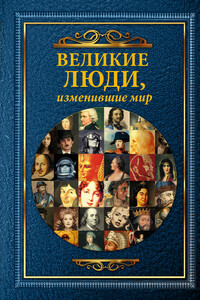
Эта книга о людях, которые изменили мир и оставили свой след навеки!Мужчины, которые вершили историю! Умные, великие, мудрые, сильные и гениальные! Мужчины, сделавшие невероятные научные открытия, благодаря которым мы знаем, как устроен мир!Как часто вы слышите, что женщины по сравнению с мужчинами ничто? Что женщин нет в науке, войне и медицине? Как часто вы встречаетесь с изречениями, что женщинам нет места в политике? Частенько? Но не забывайте: за каждым великим мужчиной стоит великая женщина!Это потрясающая книга, которая окунет вас в мир прекрасного, изысканного и невероятно мудрого!
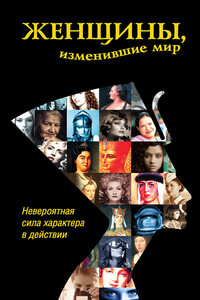
«Женщины, покорившие мир» — прекрасное издание о великих женщинах. Благодаря этой книге вы познакомитесь с самыми знаменитыми женщинами разных веков, проникнитесь их трагичными историями и смелыми решениями. Узнаете о великих женщинах политиках, воительницах, императрицах и ученых, философов и писательниц, о женщинах которые пленяли своей красотой и делали этот мир прекрасней.
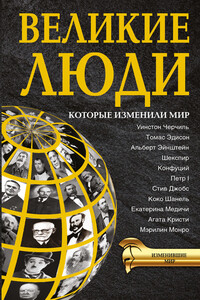
Историю творят великие личности, и эта книга о них. Благодаря могущественным, сильным, гениальным мужчинам и женщинам менялся мир, совершались открытия, разрабатывались новые технологии. Биографии этих людей всегда вызывали интерес, восхищение, удивление и желание понять, в чем же их секрет?Перед вами истории жизни людей, которые изменили наш мир. Петр Великий, Томас Эдисон, Наполеон, Цезарь, Жанна д’Арк, Екатерина Великая, Маргарет Тэтчер, Коко Шанель – это люди-легенды. Их жизнь вроде бы на виду у всех, но у каждого – свой секрет, своя тайна, своя неповторимая судьба.
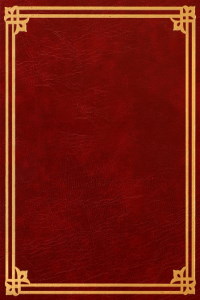
"Литературная газета" общественно-политический еженедельник Главный редактор "Литературной газеты" Поляков Юрий Михайлович http://www.lgz.ru/.
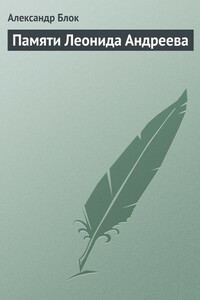
«Почему я собираюсь записать сейчас свои воспоминания о покойном Леониде Николаевиче Андрееве? Есть ли у меня такие воспоминания, которые стоило бы сообщать?Работали ли мы вместе с ним над чем-нибудь? – Никогда. Часто мы встречались? – Нет, очень редко. Были у нас значительные разговоры? – Был один, но этот разговор очень мало касался обоих нас и имел окончание трагикомическое, а пожалуй, и просто водевильное, так что о нем не хочется вспоминать…».
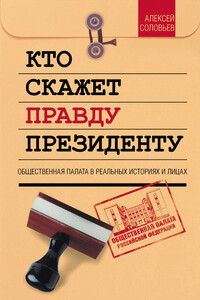
Деятельность «общественников» широко освещается прессой, но о многих фактах, скрытых от глаз широких кругов или оставшихся в тени, рассказывается впервые. Например, за что Леонид Рошаль объявил войну Минздраву или как игорная мафия угрожала Карену Шахназарову и Александру Калягину? Зачем Николай Сванидзе, рискуя жизнью, вел переговоры с разъяренными омоновцами и как российские наблюдатели повлияли на выборы Президента Украины?Новое развитие в книге получили такие громкие дела, как конфликт в Южном Бутове, трагедия рядового Андрея Сычева, движение в защиту алтайского водителя Олега Щербинского и другие.
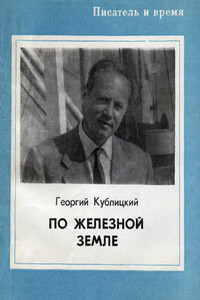
Курская магнитная аномалия — величайший железорудный бассейн планеты. Заинтересованное внимание читателей привлекают и по-своему драматическая история КМА, и бурный размах строительства гигантского промышленного комплекса в сердце Российской Федерации.Писатель Георгий Кублицкий рассказывает о многих сторонах жизни и быта горняцких городов, о гигантских карьерах, где работают машины, рожденные научно-технической революцией, о делах и героях рудного бассейна.
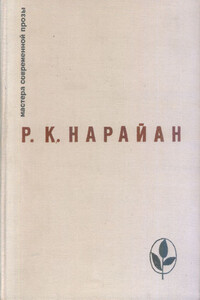
Свободные раздумья на избранную тему, сатирические гротески, лирические зарисовки — эссе Нарайана широко разнообразят каноны жанра. Почти во всех эссе проявляется характерная черта сатирического дарования писателя — остро подмечая несообразности и пороки нашего времени, он умеет легким смещением акцентов и утрировкой доводить их до полного абсурда.